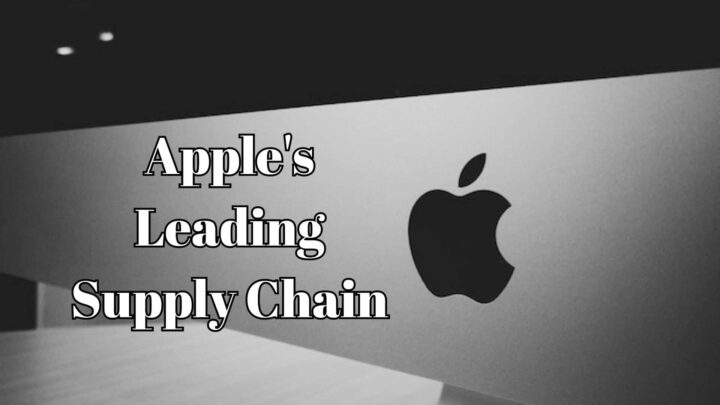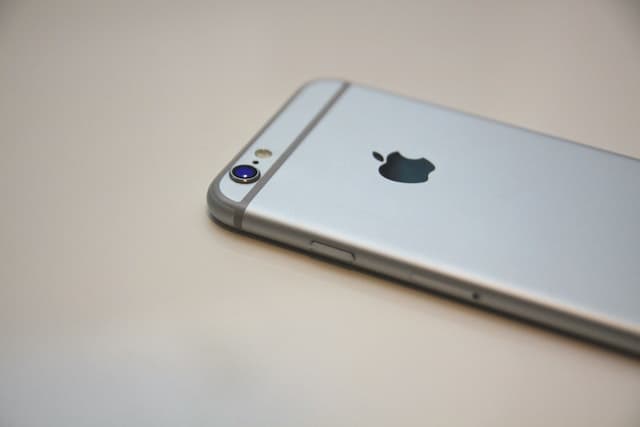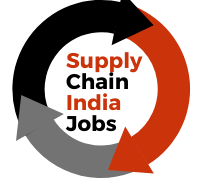
Apple’s Leading Supply Chain
Apple is one of the leaders in innovation in design, product development, branding, marketing, and the software ecosystem. Apple’s success is reflected in its revenue and profit continuously increased for many years. So what makes Apple so successful?
Success in the consumer electronics industry
Apple Inc. was founded by Steve Jobs, Steve Wozniak, and Ronald Wayne on April 1, 1976. Despite experiencing a period of less success and near bankruptcy in the mid-1990s, Apple was rebuilt with the return of Steve Jobs in 1997. Today, the company is a leader in innovation, product design and development, branding, marketing, and software ecosystems.
Apple’s success is clear with revenue and profit continuously increasing over the years. However, the key factors for this success are also a subject of much debate: Apple’s financial position, product differentiation strategy, level of branding and marketing, retail strategy with Apple retail stores, ownership, and control of both hardware and software and supply chain management qualifications.
Among the above factors, many experts believe that the outstanding ability in supply chain management is the most important factor that helps Apple surpass many companies in the industry to become the most valuable company in the world. In 2012, it was the first company in the world to reach a value of $700 billion (Kopytoff, 2015).
One of Apple’s core competencies is its ability to innovate and innovate continuously, which has given it a competitive edge in the marketplace. However, revolutionary products with attractive designs, loved by many customers such as iPod, iPhone, or iPad will not bring so much success if this business cannot meet the requirements of customers in terms of quantity, quality, and time. This highlights the crucial role of supply chain management in the success or failure of enterprises in the marketplace.

Apple’s Leading Supply Chain
Today, Apple is one of the best companies in the world in supply chain management, having won numerous awards for supply chain strategy. Gartner (a US-based research and consulting company) has consistently ranked Apple at the top of the list of 25 leading companies in supply chain management globally from 2010 to 2014.
In particular, in 2015, Gartner ranked Apple along with P&G into a new list – “Masters” of supply chain instead of ranking in the top 25 list as before. This innovation is Gartner’s recognition of Apple’s years of continued leadership in supply chain management.
So what are the key success factors in Apple’s supply chain management strategy?
According to Mark and Johnson, Apple essentially manages the global supply chain with innovative development in the United States and outsources manufacturing to Asian countries, and purchases components from various sources around the world. Components are shipped to assembly plants in China by air to save time and costs. From here, the finished product is shipped directly to consumers via a delivery service (UPS or FedEx) for those who order Apple products through the company’s website.
For the rest of the distribution channels (retail stores and distributors), Apple stores products at a central warehouse in Elk Grove, California, and ships products from these warehouses. At the end of this chain, Apple has a warranty service and returns damaged, unusable products for recycling.

Success factors of the Apple supply chain
Outsource effectively
Apple retains all aspects of innovation in the United States and outsources the rest. Product research, design, and development activities that are the most mind-intensive and also the most valuable activities in the value chain will be retained, while production, transportation, and storage activities will be outsourced.
Apple has partnerships with numerous vendors for product components. Apple also uses various suppliers for the same components. The benefit of this strategy is that it lessens the impact when an uncommon incident occurs with a specific supplier. Furthermore, Apple has reduced the number of component suppliers from 100 to 24 since 1998, and thanks to its bargaining power, Apple is able to make suppliers compete for supply contracts. components response.
The flexibility in outsourcing has helped Apple focus on its core competencies of research, innovation, and creativity to continuously launch new products that convince consumers. Apple is a manufacturing company that doesn’t actually own any production lines.
Unique inventory management
The person behind Apple’s powerful supply chain is its current CEO – Tim Cook. When he joined and took over the Apple supply chain in 1998, he closed 10 of Apple’s 19 warehouses to limit the amount of inventory, and before September 1998, inventory decreased from a month to only 6 days, By 2012, this number was reduced to 5 days.
To compare the correlation, two big competitors Dell and Samsung took 10 days and 21 days respectively. Cook believes that for a rapidly changing industry like technology, “fundamental inventory is a bad thing,” “you need to manage it as if you were in the dairy business. If the product is out of stock, you have a problem.”
In fact, in July 2011, Apple sold out every iPad 2 it made and didn’t cause any waste due to having to store it because it didn’t sell. To do this, Apple cut the number of SKUs (storage units) to approximately 26,000 (Amazon has 135 million SKUs). Reducing the number of key suppliers, central warehouses, SKUs along with system-wide data synchronization has made demand forecasting more accurate.

Consumer ownership
According to Montgomerie, J., & Roscoe,, the most perfect element of Apple’s business model lies in its ability to “own consumers”. Apple’s business model is designed to entice consumers to participate in the hardware-software-services ecosystem. Because of the problems associated with switching costs, consumers will be less inclined to switch to competitor ecosystems. This gives Apple tremendous power in a supply chain that Apple holds on both sides (suppliers and consumers).
Owning consumers not only helps Apple successfully manage its physical supply chain but also helps it enter a new market of direct-to-consumer content. In that market, Apple sells products to consumers without any intermediaries. Apple has been making huge profits from providing music on the iTunes Music Store, apps on the App Store, and more recently, movie and music rentals.
A key reason for the success of Apple’s innovative electronics supply chain is that content owners have easy access to the broad consumer base and a high willingness to pay. Consumers can easily buy or rent their favorite content through smart devices.
The lesson here is to build the advantage of “owning the consumer” while creating the most convenient transaction method, and the best buying experience for customers to take full advantage of it.
